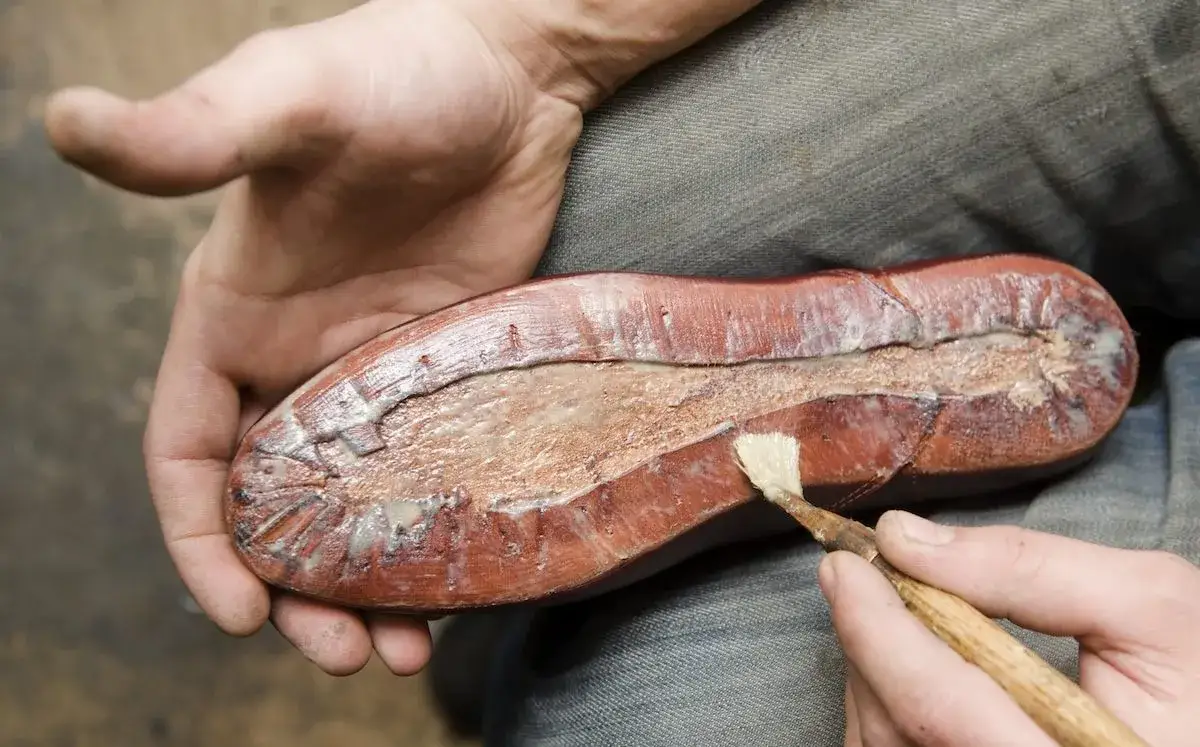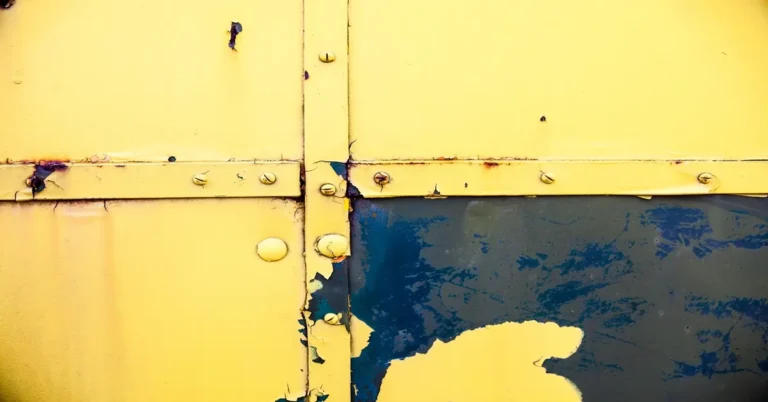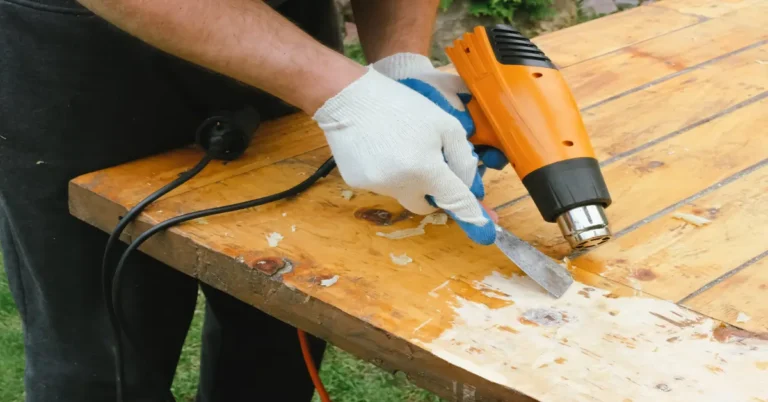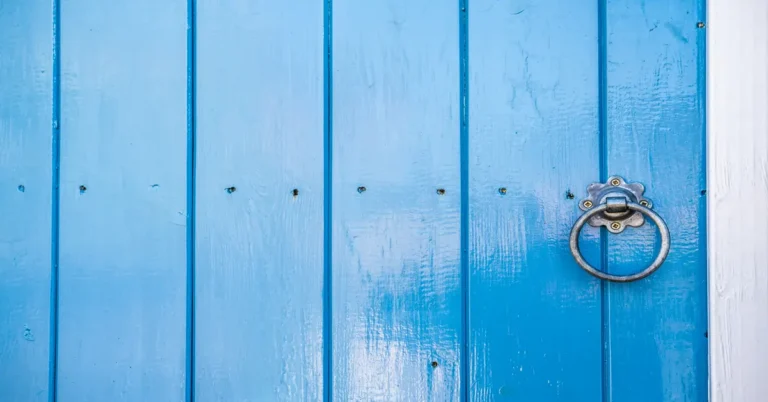To say that leather crafting is one of the most valuable industries in the world is an understatement. Leather goods like shoes, bags, belts, and wallets have been on the wishlists, shopping carts, and closets of people because of their craftsmanship and quality.
While these products do fetch a fortune in certain circles, who says you can’t have a well-made leather accessory even if you’re on a budget? Learning how to work with leather and creating your own products is a skill you may not know you need, but will be glad to have in your arsenal.
Just as you would work with other materials, working with leather entails using the right tools to achieve desired results and reduce the possibility of mistakes. One such item is a good-quality leather to leather adhesive.
Take note of these tips when searching for the best adhesive for leather to leather application and how you should be using it with your tasks. In no time, you can expertly work with leather and pass on your knowledge to others!
Leather Adhesives at a Glance
The use of adhesives to stick or bind materials together can actually be traced back to as far as 3,300 years ago. The authors of a 2017 study mentioned that carvings in Egypt showed images of people sticking a veneer piece to a sycamore tree plank.
This practice continued in the ancient and medieval periods of human history when materials like beeswax, bitumen, and other substances collected from trees were used as sealants and adhesives.
With the advancement of technology and additional knowledge on materials for adhesives, more products have been developed that have been helpful in binding surfaces together. Leather to leather adhesives happen to be one of those.
These types of adhesives have been heavily used in producing footwear, other leather goods, and garments. Such adhesives are important in order to bond one leather surface to another and also stick this said material into cotton, fiber, nylon, polyester, and other synthetic materials.
Check Out These Commonly Used Leather Adhesives
There are different types of leather adhesives that craftsmen have used for many years. If you’re on the hunt for good-quality leather adhesives, these products often come highly recommended:
- Leather-specific glue: These are typically used to repair leather and create crafts. This adhesive is first applied to one surface and cured for multiple hours or overnight before being joined with another surface. A potential drawback of using this type of adhesive would be the additional tacking or stitching that may need to be done to ensure the surfaces remain stuck together for a long time.
- Leather cement or contact cement: Just like leather glue, you can use leather cement or contact cement to repair furniture and accessories and create crafts. However, it is known to be a more heavy-duty, multipurpose, and flexible option that dries quickly and helps deliver the strongest bond; a known plus when working with leather.
Just like with the first item, this adhesive is applied first to the surfaces you are working with, left to dry, and then joined. Lastly, leather cement can dry faster compared to leather glue. - Superglue: This adhesive is ideal for very precise and fine-tuning work, such as repairing small portions of the material and creating delicate leather crafts. It also dries faster compared to the other two adhesives, leaving little room for error. Experts recommend using superglue that’s specially formulated for leather since conventional superglue isn’t very flexible once it dries. A superglue that’s leather-specific may allow the leather to bend with use without damaging the product.
Ideally, when determining the right leather adhesive you should be using, factors like cured time, tackiness, and solvents should be heavily considered. Some experts also advise that you test the products prior to using them to check for compatibility.
If you have concerns about working with leather adhesives or just want to find the right product for the materials you’ll work with, feel free to ask an expert who has long-term experience with leather crafting. They can guide you through the selection process and even give recommendations on the products you can use.
Is there a ‘Best’ Way to Glue Leather to Leather?
Once you’re ready to work with leather and its corresponding adhesives, take note of these tips that can help you safely work with them and ensure a seamless and error-free result:
- Avoid adhesives with petroleum-based solvents: Adhesives with these substances can cause leather damage.
- Read the ingredients list: If you’re working with leather, some experts recommend using oil- or water-based adhesives. This careful consideration of your chosen adhesive can make a difference since it can help the surface withstand pressure and heat.
- Make sure the leather is clean and soft before working on it: A clean surface allows the glue to adhere easier, prevents the formation of glue spots that can lead to clamping, and lowers the risk of residue build-up that may lead to leather damage or peeling. You can use a cloth or a piece of paper on the surface to lessen the risk of glue spills. Likewise, make sure the leather is fully dry before working with it to lessen instances of accidents.
- Buff off excess glue once it has dried: You can use sandpaper or a clean cloth to do this step. Not only will this help the finished product look better, but it will also lower the risk of hot water damage.
- Work quickly with dry hands when handling leather: Moisture from the hands may cause faster deterioration of the adhesives.
- Wear appropriate safety gear: Wear gloves, masks, goggles, and other protective clothing since leather adhesives can cause skin irritation.
Try This Reliable Leather to Leather Adhesive
If you’re getting started in the world of leather handicrafts or are just looking for a high-quality and reliable adhesive for various surfaces, choose Island Chemicals Apollo Rubber Cement (Toluene Free)! You can use this synthetic rubber-based adhesive when joining leather to surfaces made of the said material, wood, fabric, and rubber.
This adhesive, which comes in a pale yellow to reddish yellow color, helps deliver excellent bond strength. This adhesive may help you repair leather products like furniture, footwear, bags, wallets, and clothes, create school projects, arts and crafts assignments, or Do-It-Yourself (DIY) projects.
Island Chemicals Apollo Rubber Cement (Toluene Free) can also be used for general household repairs and for bonding wooden and wrought iron furniture like doors and cabinets. To use this adhesive for your leather crafts or other purposes, follow these instructions:
- Clean the surfaces you will be working with before applying the product.
- Apply two even coats of Island Chemicals Apollo Rubber Cement (Toluene Free) on both surfaces.
- Let the product dry for 15 to 20 minutes before joining the surfaces together.
- If you will be working on stronger materials or surfaces, make sure to hammer the joint first to make it firmer before applying the adhesive.
- If the surface is porous, feel free to add another coat of adhesive and let it dry for another 15 to 20 minutes. After this period, you can stick the surfaces together.
On a final note, always use this product in a well-ventilated area, given that this adhesive is made of flammable substances. Once you are done using this adhesive, tightly seal the container and keep it in an area that does not reach 35 degrees Celsius, away from children.
Remember that unopened bottles or tin cans of Island Chemicals Apollo Rubber Cement (Toluene Free) have a shelf life of one (1) and two (2) years, respectively. When disposing of the product, do not mix it with household garbage and allow the adhesive to reach the sewage system. See to it that government regulations regarding the adhesive’s disposal are followed at all times.
Find out more about working with leather and other materials used for crafting. With expert guides and advice from Island Chemicals, you can learn a new skill that you can use to your advantage in the near future!
References:
https://steelhorseleather.com/blogs/the-journal/gluing-leather-basics
https://www.tandfonline.com/doi/abs/10.1163/156856102760070367





